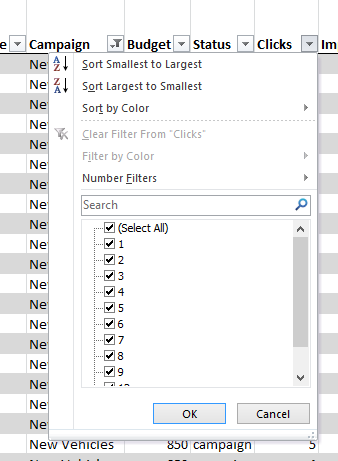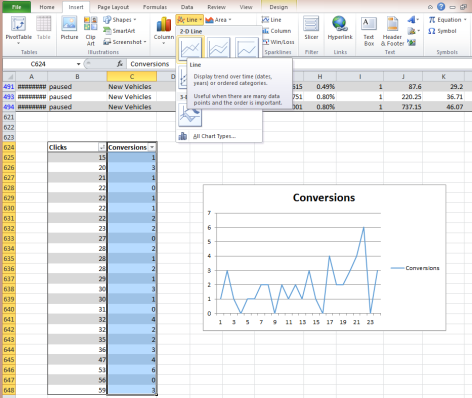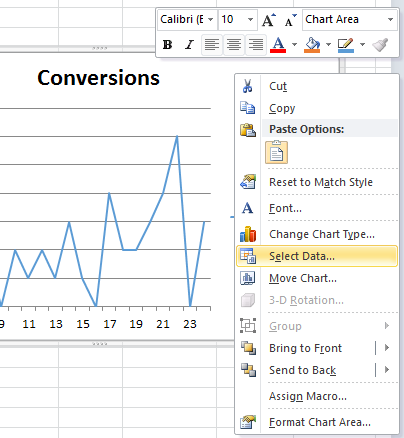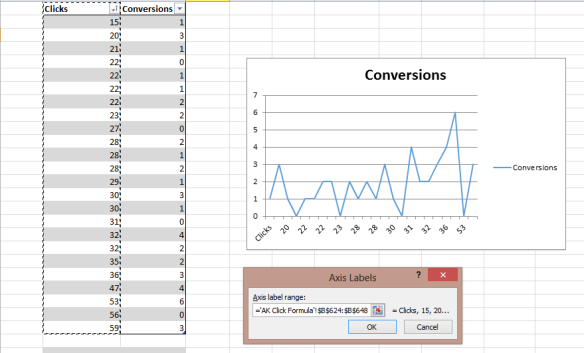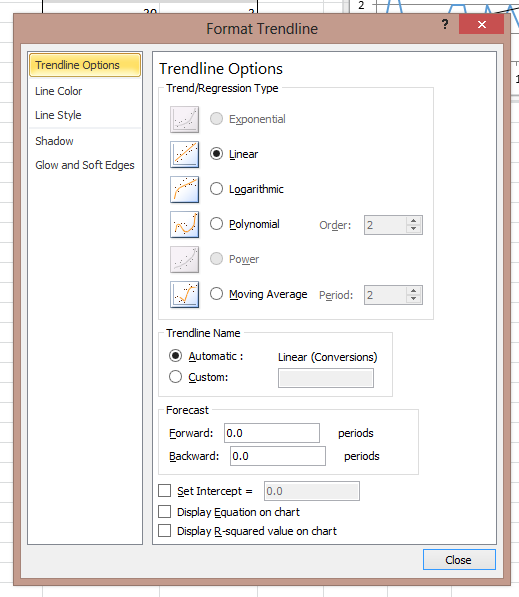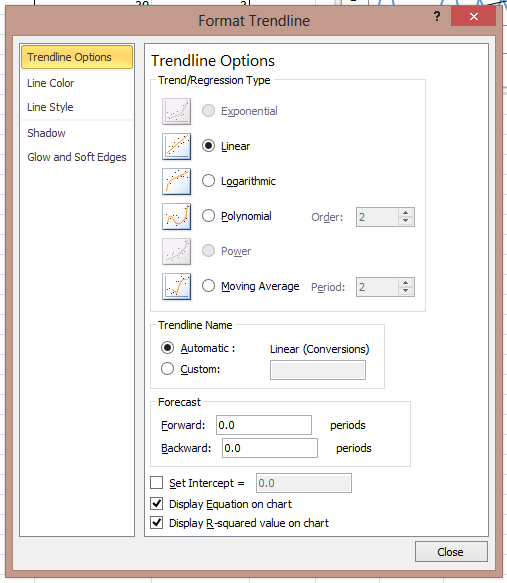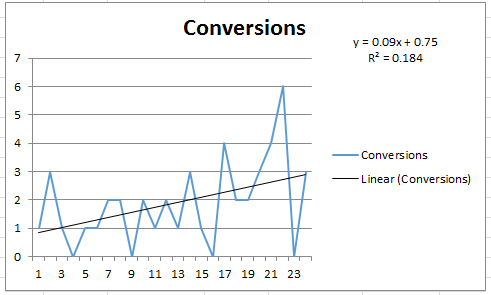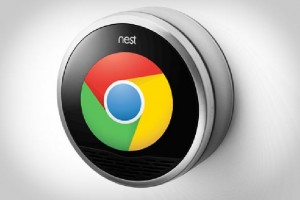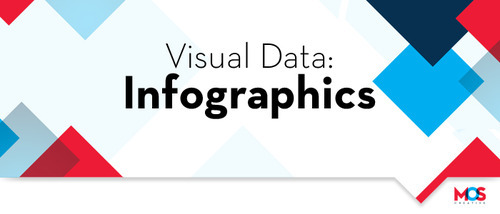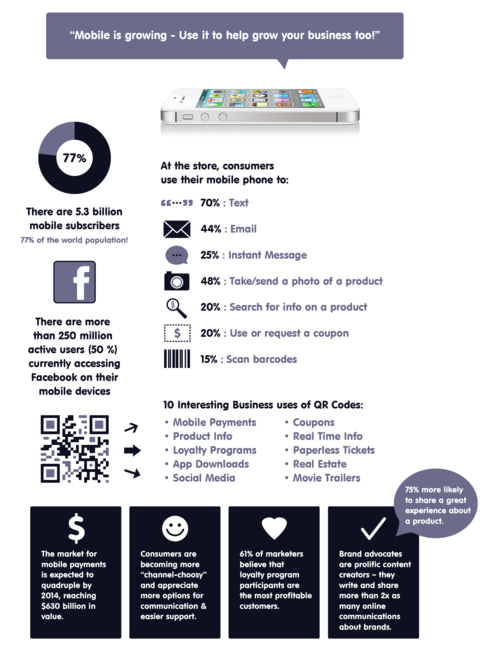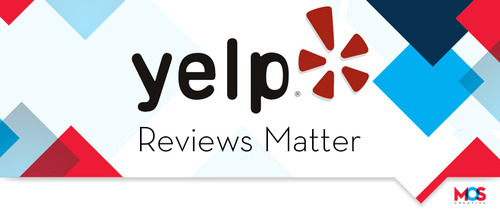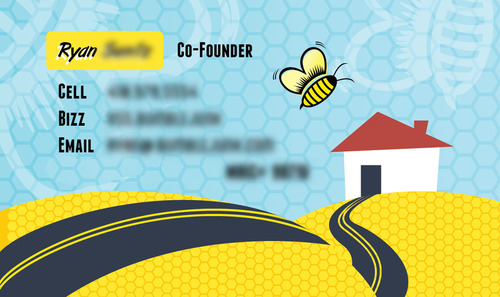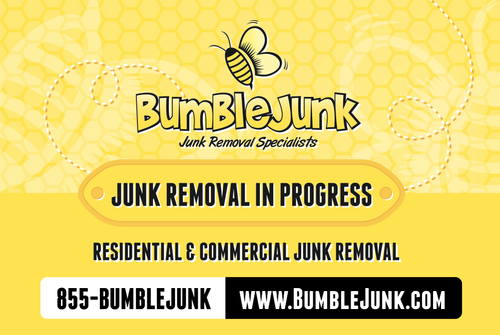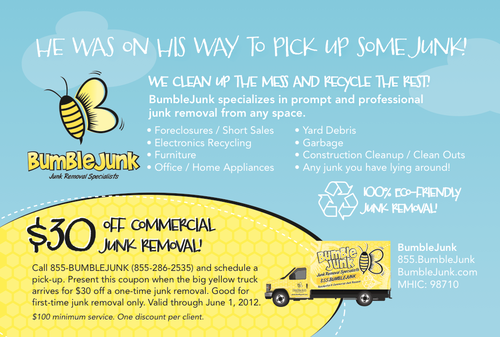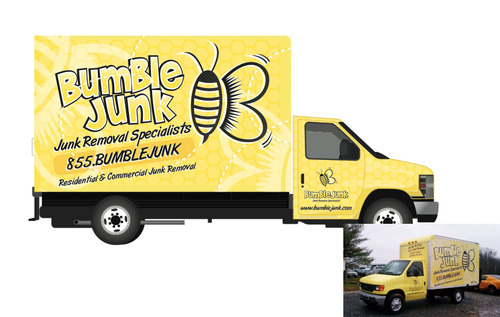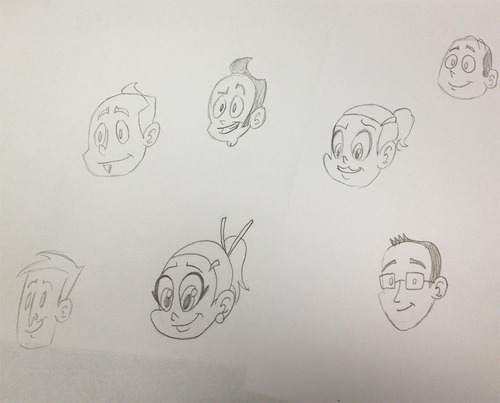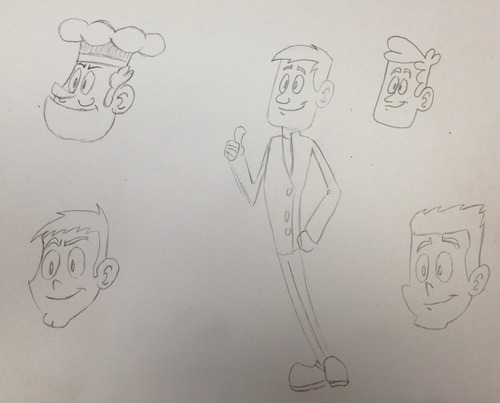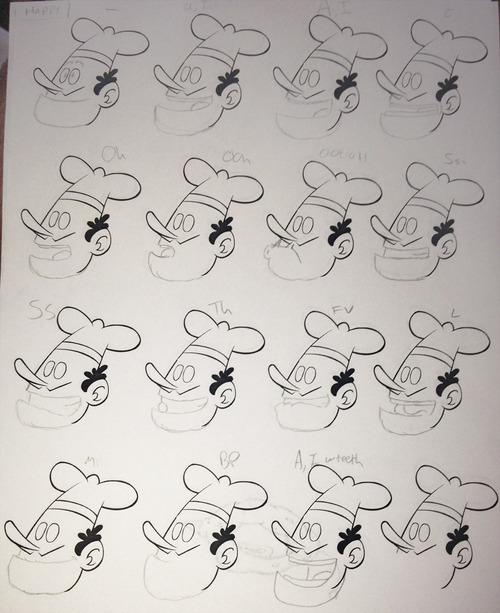Short video is taking over the online world. It’s both beautiful and grim.
Everyday, online video is getting easier to access, and even easier to create. Because of apps like Vine and Instagram, videos are becoming one of the main reasons people even log onto the Internet. According to AdAge, over 40 million people are on Vine, while 150 million plus are on Instagram. That’s a lot of users.
Twitter and Facebook own Vine and Instagram respectively, and people are leaving the text-based social media for their quicker video counterparts. Pop culture has even seen these apps’ relevance. Trends, memes, slang, and even social groups have appeared from this medium. It’s truly marking its place in history, but why?
It’s because short video is both the fastest and the most alluring way to convey a message. If you manage to entertain your audience while telling them about your service or product, you’ve got a memorable and potentially viral advertisement on your hands. Major brands have been doing this for months now, be it the stop-motion animation of Dunkin Donuts’ paper flower or Trident Gum’s chewing-face close-ups!
That is where the beauty of accessibility to online video lies. Any person can make any video about anything. In fact, it is so easy that you could accidentally hit the record button while pulling your phone out of your pocket and make a short viral hit. It makes video accessible.
On the flip side though—it’s ruining our attention spans and giving us an unhealthy addiction to Internet’s speed. We’re becoming so accustomed to this short format, that anything over 30 seconds almost seems too long. People are clicking out of longer videos on YouTube, closing web pages that take too long to load, and going insane over buffering streaming content.
It’s hard to decide whether Vine and Instagram are helpful ways to communicate, or detrimental to our already short attention spans. Time will tell, as the number of users of these appsare predicted to grow even more in 2014.


